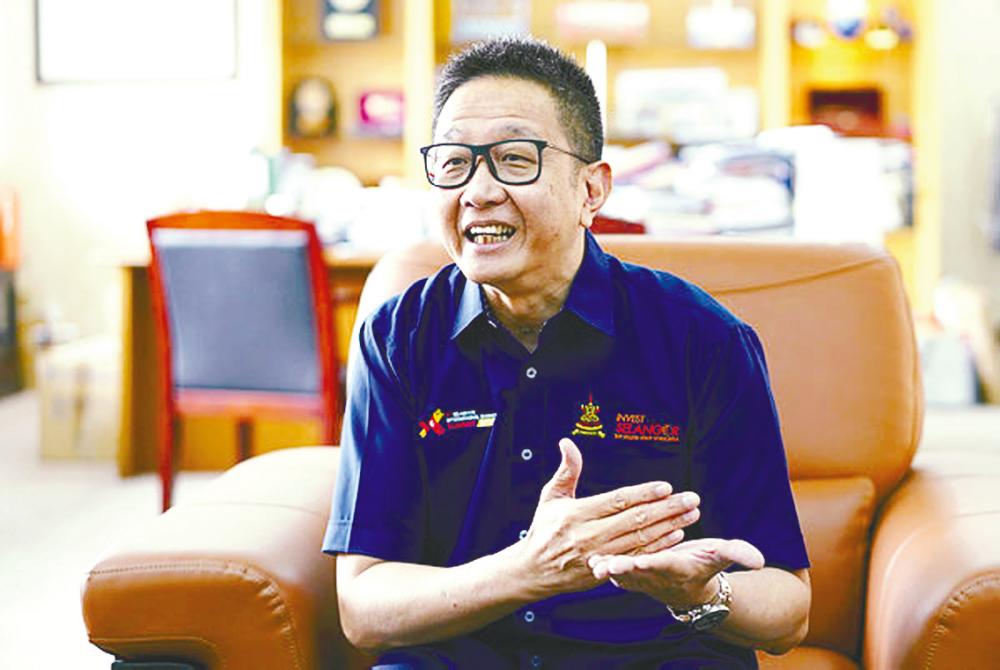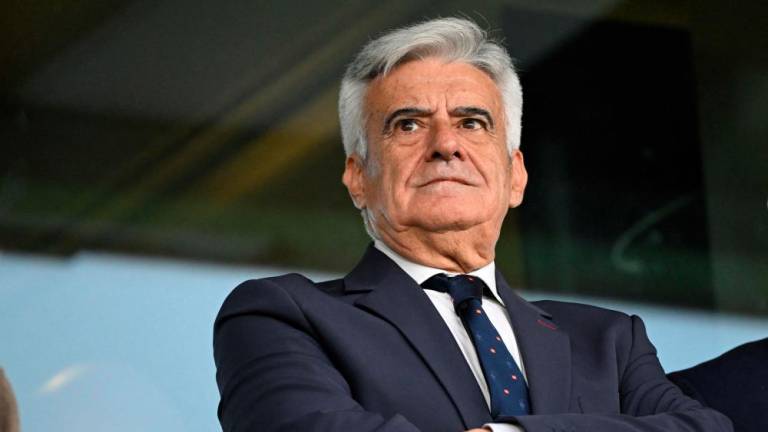PETALING JAYA: Selangor’s smart state ambition will serve as a catalyst for its high-tech aspirations, according to the state’s executive councillor Datuk Teng Chang Khim.
However, he conceded that “a lot of investments” are required in order to realise the goal.
“It is an investment first approach, which starts with infrastructure as we need fiberisation, upskilling and spending in software and hardware. When we achieve this, only then we can generate the investments and return on investment,“ Teng told SunBiz in an interview recently.
With regards to the smart state objective, Selangor takes a different approach against the conventional investment first approach typically employed in the development of smart cities.
Teng said the state’s first step towards that goal is to identify the problems first before finding a solution and utilising technology to enhance the capacity of the solutions.
He explained the more conventional investments first approach without the consideration of the underlying problems carries a risk of wasteful spending.
Currently, the state government has deployed the smart city solutions to address its traffic congestion problem by providing free bus to reduce the number of drivers on the road and leveraging on technology to enhance the solutions.
To this end, it has developed the “Selangor Intelligent Transport Solution” app to help people find out the nearest bus stop for buses and the estimated time of arrivals.
“The next step is to have a sensor on every bus to collect the actual number of ridership in real time. We could immediately analyse the data and optimise the use of the buses accordingly,” Teng explained.
In 2018, Selangor was the highest contributor to Malaysia’s gross domestic product at 23.7%. It also recorded the highest economic growth rate of 6.8%, significantly higher than the national average growth of 4.7%.
The state’s foreign direct investment also hit RM10.8 billion, the highest in 25 years.
Teng said during his trade mission abroad, foreign investors have cited that the state’s infrastructure as the deciding factor for their investments.
“In selecting an investment destination, foreign investors are most concerned about infrastructure and Selangor’s infrastructure is the most attractive among all states in Malaysia,” he said.
With that in mind, it is not surprising that Selangor has the aspiration to be an aerospace hub and the potential locations include Sepang, Subang and Serendah.
Teng noted that there has been interest for maintenance, repair and overhaul, aero manufacturing and aircraft teardown.
“We are looking into that, so that we can have the full chain of aerospace sector here.”
He also pointed out that Airbus’ operation expansion in Sepang and the shift of Execujet operations from Singapore to Subang are signs of support for the aerospace sector.
However, skilled labour source remains the main hurdle in attracting investment in high technology sectors.
“In the technology sector, we’ve been losing out to developing countries like Vietnam that has a lot of workers to offer. In order to attract foreign investments into the state, we’re looking at high-end and technology heavy investments as the criteria and this will be an impetus to train our own workers and enhance our education standard,” said Teng.










